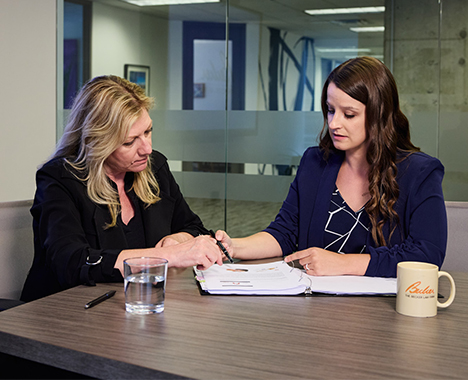Schedule a Consultation
216-480-4620Schedule a Consultation
216-480-4620
A December 30, 2014 plane trip serves as a reminder to us all that, despite how far our society has come, there are always challenges that we must overcome. Elit Kirschenbaum, a mother of four, was traveling home to New Jersey from a family vacation. She had planned the trip well, following United Airlines’ regulations to the letter. She purchased seats for each of her children, even though her daughter Ivy, a three-year old, has spastic quadriplegic cerebral palsy.
Ivy, because of her medical condition, cannot sit up on her own. During flights, she always sits on her mother or father’s lap. She is smaller than most children her age, though FAA regulations require that all passengers over age 2 sit in their own seats for taxi, takeoff and landing. Importantly, United Airlines even has a flight attendant handbook which permits “an exception to be made if the passenger cannot sit by themselves.” One flight attendant was insistent that the child could not sit on her parent’s lap. However, after delaying the flight nearly an hour, it was only a compromise effectuated by the pilot which allowed the child to sit in her own seat with her head on her parent’s lap.
The parents plan to purchase a special safety seat which provides head support for their daughter for future flights. Certainly, that is a good option. In this case, they did what they thought was right, and what has been permitted in numerous other flights on this and other airlines. There is no way that anyone can know the complexities of governmental laws and individual airline regulations. The best we can do is to contact the airline well in advance of the flight to determine (hopefully in writing), the requirements and the guidelines that flight attendants must follow.
Most airlines, including United Airlines, have webpages devoted to special needs travel. These can help passengers to understand the applicable rules on travel with animals, food allergies, medical devices and oxygen, and assistance on the planes and in the airports. Travelers are advised to call their hotlines for advice and assistance, and to print out applicable webpages to help make their case when confronted by employees who may not be well versed in a child’s particular needs.

